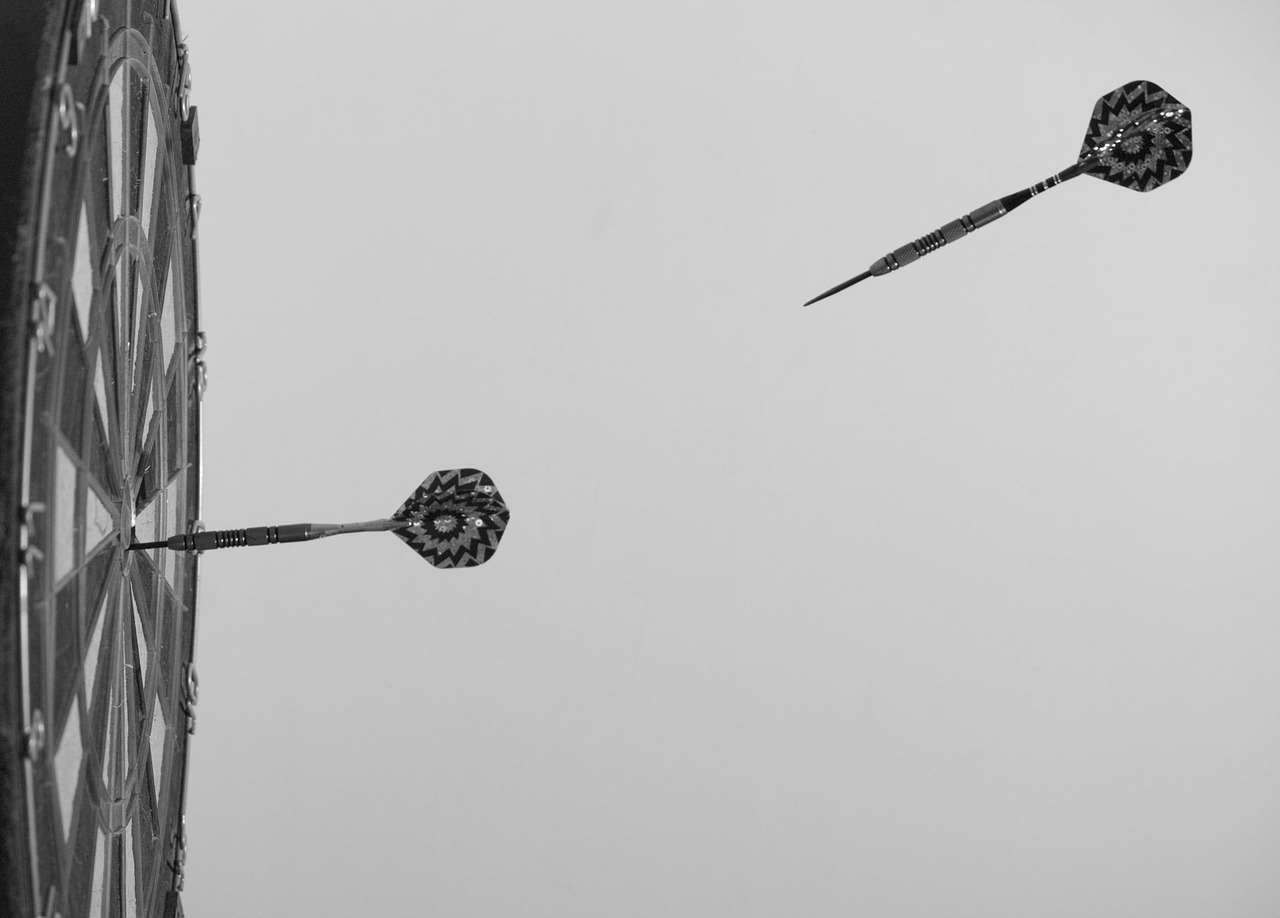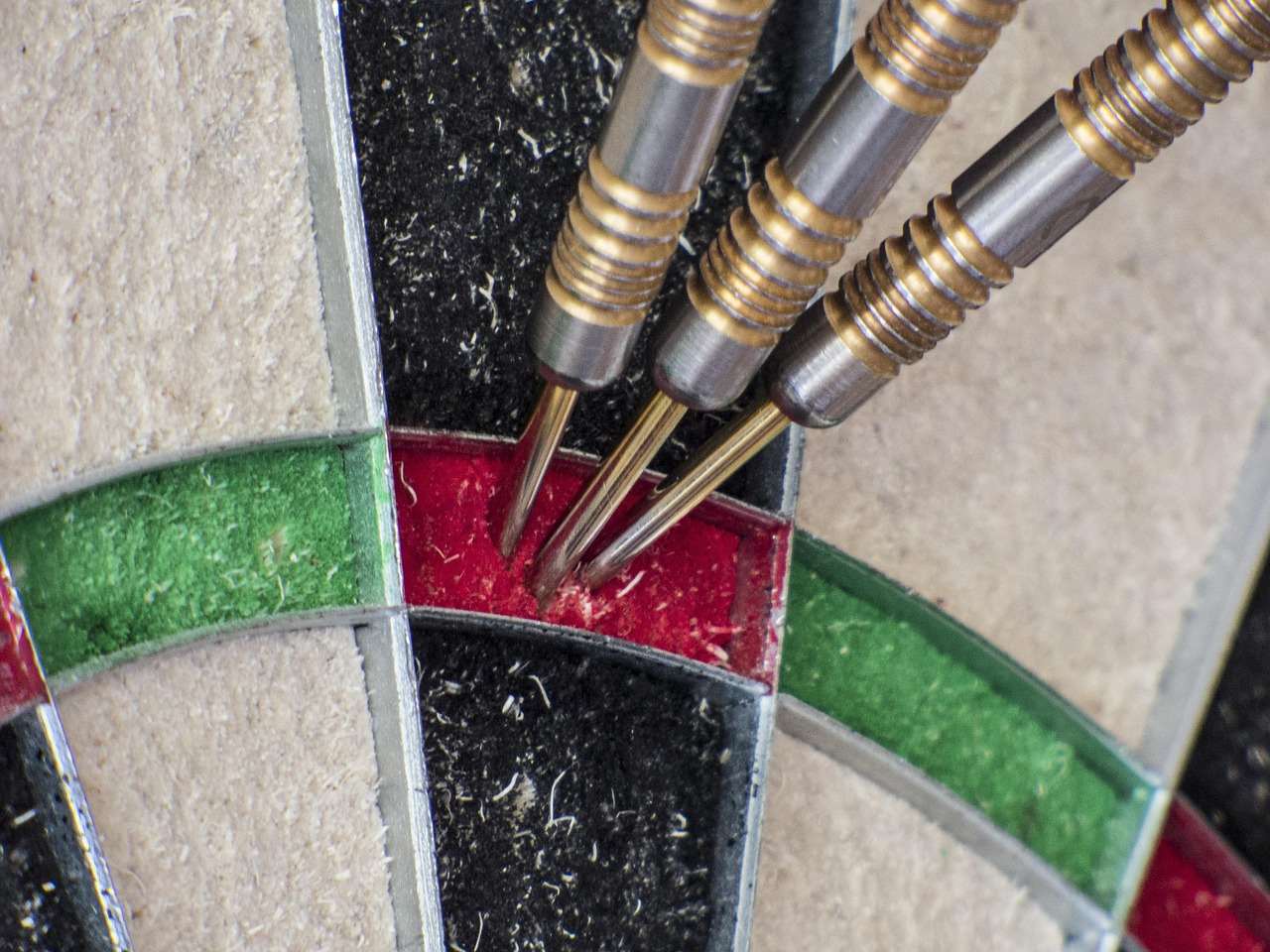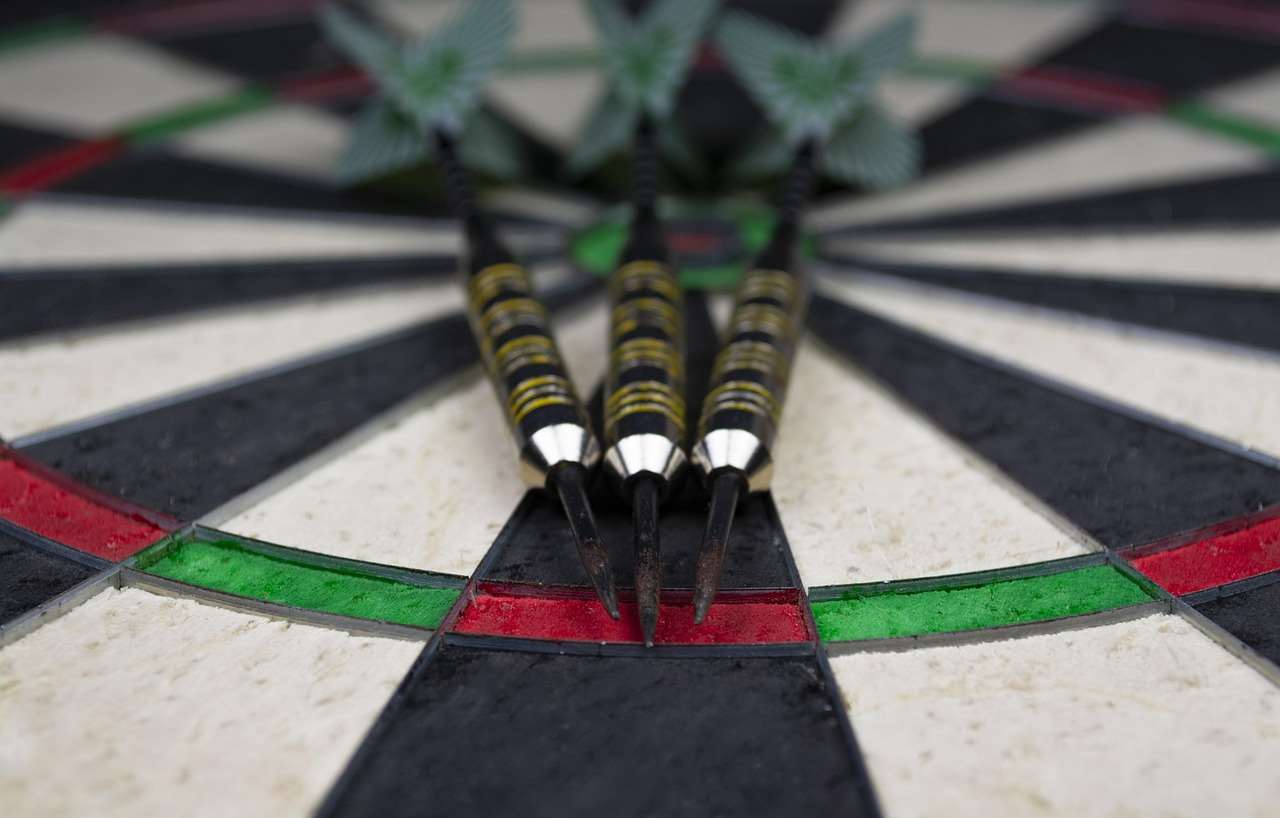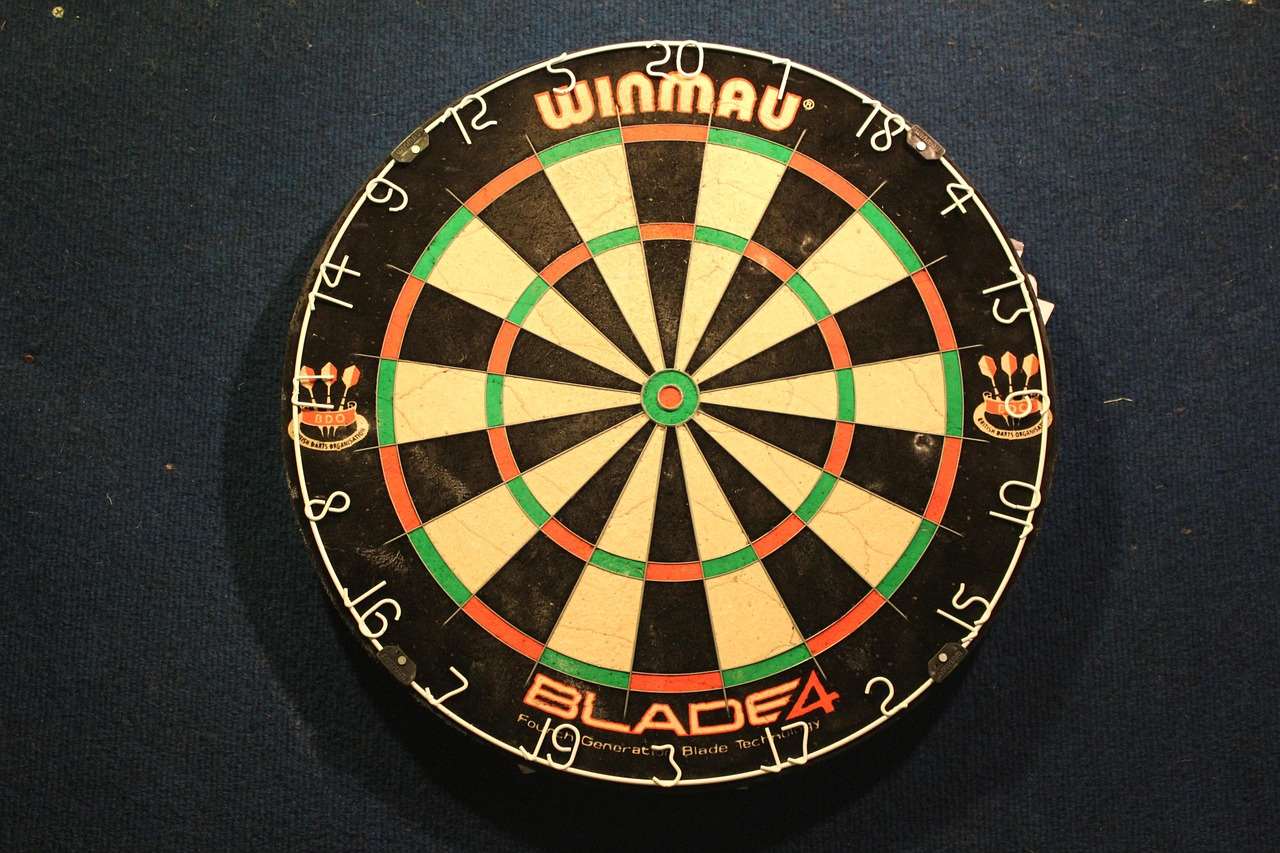Choosing the right darts different flights is crucial for stability, accuracy, and ultimately, improving your game. This article dives deep into the world of dart flights, exploring their various shapes, materials, and how they influence your dart’s trajectory, helping you find the perfect flight for your throwing style.
⚠️ Still Using Pen & Paper (or a Chalkboard)?! ⚠️
Step into the future! The Dart Counter App handles all the scoring, suggests checkouts, and tracks your stats automatically. It's easier than you think!
Try the Smart Dart Counter App FREE!Ready for an upgrade? Click above!
Understanding Darts Different Flights
Darts different flights might seem like a minor detail, but they play a significant role in aerodynamics and dart behavior. Their primary function is to create drag, which stabilizes the dart in flight and helps it fly straight. Different shapes and sizes generate varying amounts of drag, affecting the dart’s speed and angle of descent.

Think of it like the wings on an airplane; they control lift and stability. Similarly, dart flights influence how the dart cuts through the air and lands on the board. Understanding these principles is the first step to choosing the right flight for you.
Key Flight Characteristics: Size, Shape, and Material
When examining dart flights, consider these key aspects:
- Size: Larger flights offer more surface area and, therefore, more drag, slowing the dart down.
- Shape: Different shapes produce different drag profiles. Some promote stability, while others allow for faster, more direct flights.
- Material: The material affects the flight’s durability and stiffness, impacting its performance over time.
The Main Types of Dart Flights
Several standard shapes cater to various throwing styles. Here’s a breakdown of some popular options:
- Standard Flights: The most common type, offering a balance of stability and control. A good starting point for beginners. If you are looking for darts forums uk, there’s often good advice about standard flights there.
- Slim Flights: Smaller and more aerodynamic than standard flights, allowing for faster dart speeds and closer grouping. Best suited for players with a consistent throw.
- Kite Flights: Shaped like a kite, these flights offer a good compromise between standard and slim flights, providing stability with a touch of speed.
- Pear Flights: These flights are rounded and wider than standard flights, offering increased stability and lift. They are particularly useful for players who have a looping throw.
- Vortex Flights: Designed to create a swirling motion, these flights can improve stability and reduce dart wobble.
How Flight Shape Impacts Dart Trajectory
The shape of your dart flights directly affects the way your dart travels to the board. A larger flight will create more drag, causing the dart to arc more and slow down faster. This can be beneficial for players who throw with a lot of power, as it helps to control the dart’s speed. Smaller flights, on the other hand, offer less drag, resulting in a flatter, faster trajectory. This can be advantageous for players who prefer a more direct and precise throw. Experimenting with different shapes is vital to finding what complements your individual style.

Choosing the Right Flight Material
Beyond shape, the material of your dart flights significantly affects durability and performance. Here are the most common materials:
- Polyester: Inexpensive and readily available, polyester flights are a good option for beginners. However, they are less durable than other materials.
- Nylon: More durable than polyester, nylon flights offer good value for money.
- Plastic/Molded: These are very durable and retain their shape well, offering consistent performance. They often come pre-formed and are easy to attach to the dart shaft.
- Aluminum: Though less common for the flight itself, aluminum is often used for flight protectors. They maintain flight shape and help prevent damage.
Think about the frequency you play and how much wear and tear your flights endure. Investing in more durable materials will save you money in the long run.
Factors to Consider When Selecting Darts Different Flights
Choosing the correct darts different flights is a personal process. Several factors influence the best choice for you:
- Throwing Style: Do you have a fast, powerful throw or a slower, more controlled delivery? This will influence the amount of drag you need.
- Dart Weight: Heavier darts may benefit from larger flights for increased stability, while lighter darts might perform better with smaller, more aerodynamic flights.
- Shaft Length: Shorter shafts can sometimes benefit from larger flights, and vice versa.
- Dart Grip: How you grip the dart can affect its balance and release, impacting which flights are most effective.
- Personal Preference: Ultimately, the best flight is the one that feels most comfortable and helps you achieve the best results.
Consider these aspects carefully and try out different combinations to find what works best for you. And for those constantly on the go you may be interested in checking out the Mobile dart scorer.
Experimentation is Key
The best way to determine which darts different flights are right for you is to experiment. Purchase a variety of shapes and materials and try them out during your practice sessions. Pay attention to how the dart feels in your hand, how it flies through the air, and how consistently you are hitting your target. Keep track of your results and identify patterns. Do certain flights consistently produce better scores? Do others feel more comfortable? Don’t be afraid to try unconventional combinations; you might be surprised at what you discover.
Remember that what works for one player may not work for another. Darts is a highly individual sport, and finding the perfect equipment is a journey of self-discovery.
Flight Protectors and Accessories
To extend the life of your dart flights, consider using flight protectors. These small metal or plastic caps fit onto the back of the flight and prevent them from being damaged by incoming darts. Flight protectors are especially useful if you tend to group your darts closely together. Other accessories, such as flight punches and flight springs, can also help to improve the durability and performance of your flights.
Troubleshooting Common Flight Problems
Even with the right flights, you may encounter some common problems. Here’s how to troubleshoot them:
- Dart Wobble: If your dart wobbles excessively in flight, try a larger flight or a flight with a more stable shape.
- Dart Diving: If your dart dives down sharply before hitting the board, try a smaller flight or a flight with a more aerodynamic shape.
- Inconsistent Grouping: If you are struggling to group your darts consistently, try experimenting with different flight shapes and materials until you find one that provides more stability and control.
The Impact of Darts Different Flights on Scoring
Ultimately, the goal of choosing the right darts different flights is to improve your scoring. By finding flights that complement your throwing style and dart setup, you can increase your accuracy, consistency, and confidence. This, in turn, will lead to higher scores and more enjoyable games. Remember, even small improvements in your equipment can have a significant impact on your overall performance. Sometimes how do you finish darts comes down to consistency, which your flights can influence.

Customizing Your Flights
Many players choose to customize their flights with unique designs or logos. This can be a fun way to express your personality and add a personal touch to your darts. Custom flights are also a popular choice for teams and leagues, as they can help to create a sense of unity and camaraderie. Several companies offer custom flight printing services, allowing you to create flights with your own artwork or text.
Advanced Flight Concepts
For serious players, understanding advanced flight concepts can offer a competitive edge. This includes:
- Airfoil Design: Some flights utilize airfoil designs to optimize airflow and reduce drag.
- Surface Texture: The surface texture of the flight can affect its grip on the air and its overall stability.
- Flight Angle: The angle at which the flight is attached to the shaft can also influence the dart’s trajectory.
Exploring these concepts can help you fine-tune your dart setup for maximum performance. Perhaps one day you will be celebrating a darts 9 darter today!
Where to Buy Darts Different Flights
Darts different flights are widely available at sporting goods stores, online retailers, and specialty dart shops. When purchasing flights, be sure to check the quality of the materials and the reputation of the manufacturer. Reading reviews from other players can also be helpful in making an informed decision.

The Future of Dart Flights
The world of dart flights is constantly evolving, with new designs and technologies being developed all the time. Manufacturers are continually experimenting with different materials, shapes, and features to create flights that offer improved performance and durability. As the sport of darts continues to grow in popularity, we can expect to see even more innovation in the field of flight design.
Conclusion
Selecting the right darts different flights is a vital part of optimizing your dart game. By understanding the various shapes, materials, and factors that influence flight performance, you can make informed decisions that will improve your accuracy, consistency, and overall enjoyment of the sport. Experiment with different options, pay attention to your results, and don’t be afraid to try something new. The perfect flight is out there waiting to be discovered. Now go out there and find the ideal dart flights to elevate your game!
Hi, I’m Dieter, and I created Dartcounter (Dartcounterapp.com). My motivation wasn’t being a darts expert – quite the opposite! When I first started playing, I loved the game but found keeping accurate scores and tracking stats difficult and distracting.
I figured I couldn’t be the only one struggling with this. So, I decided to build a solution: an easy-to-use application that everyone, no matter their experience level, could use to manage scoring effortlessly.
My goal for Dartcounter was simple: let the app handle the numbers – the scoring, the averages, the stats, even checkout suggestions – so players could focus purely on their throw and enjoying the game. It began as a way to solve my own beginner’s problem, and I’m thrilled it has grown into a helpful tool for the wider darts community.